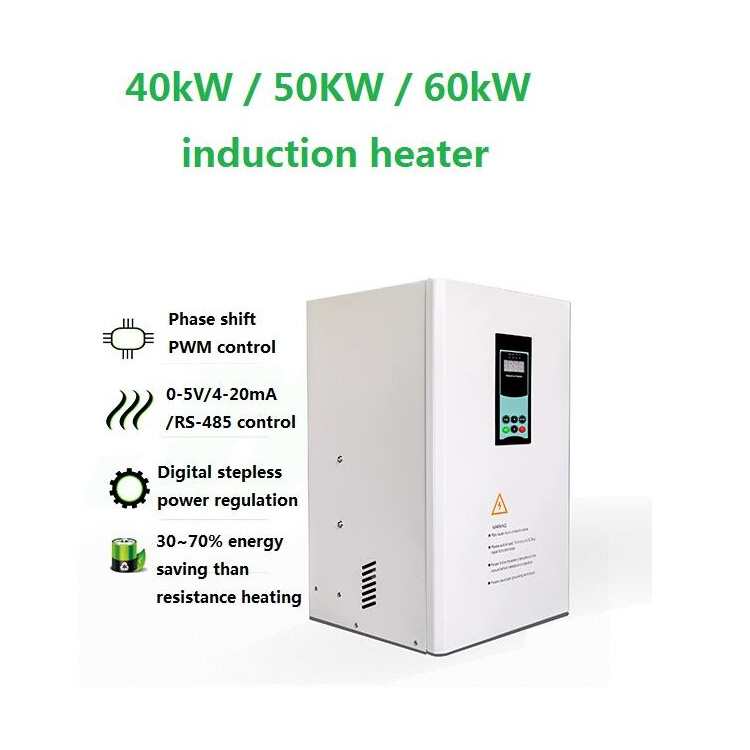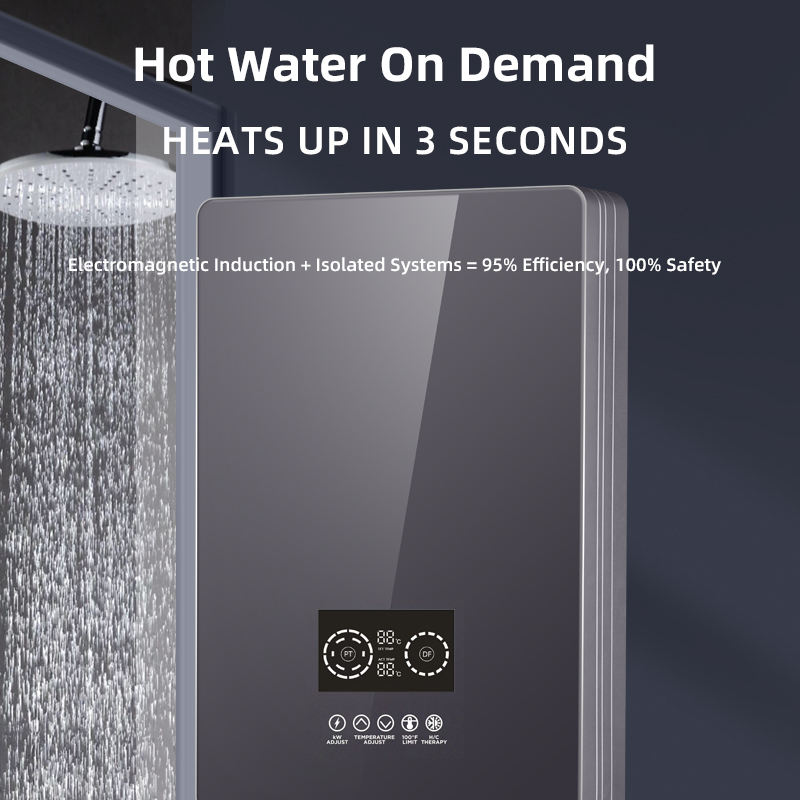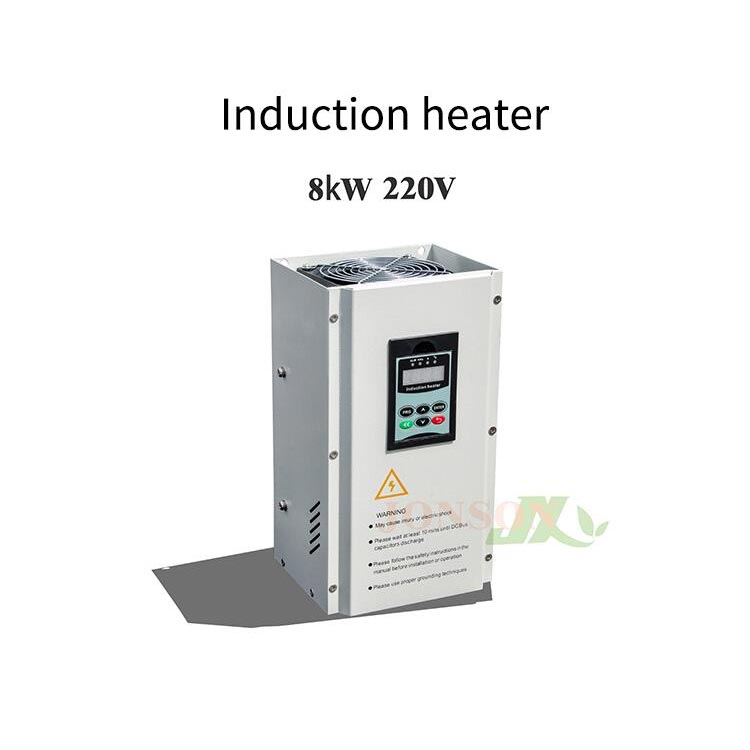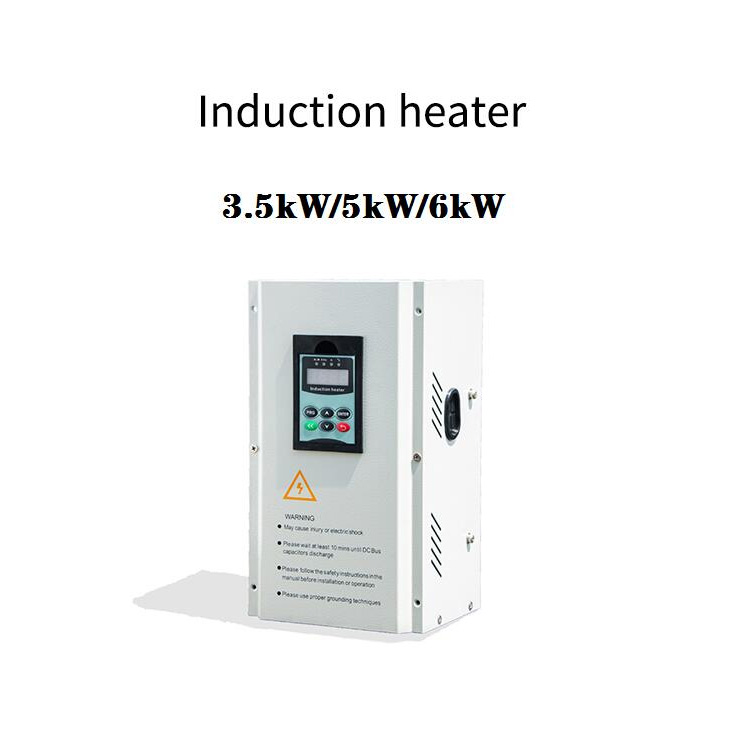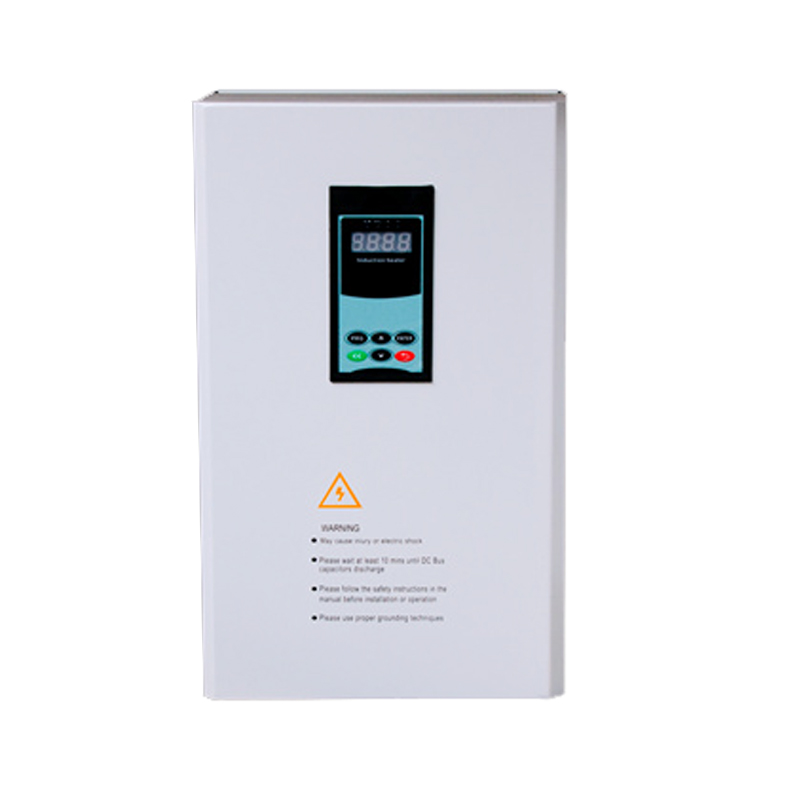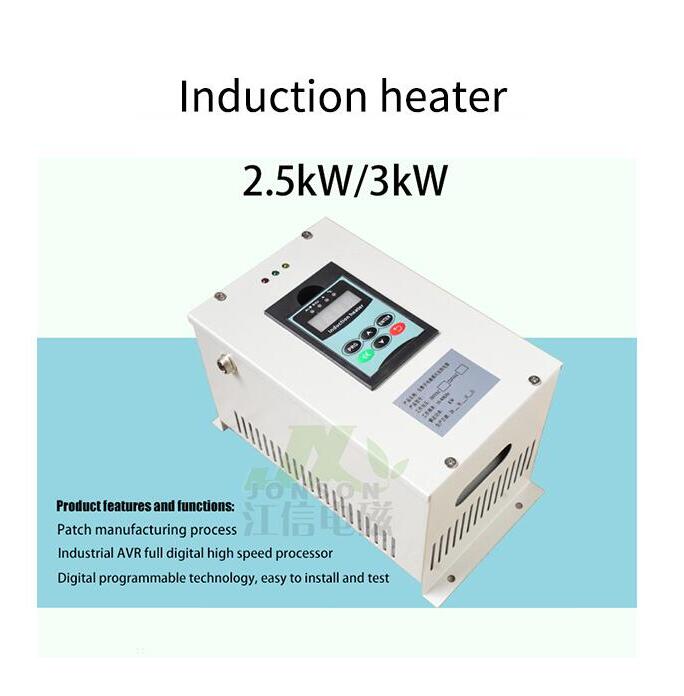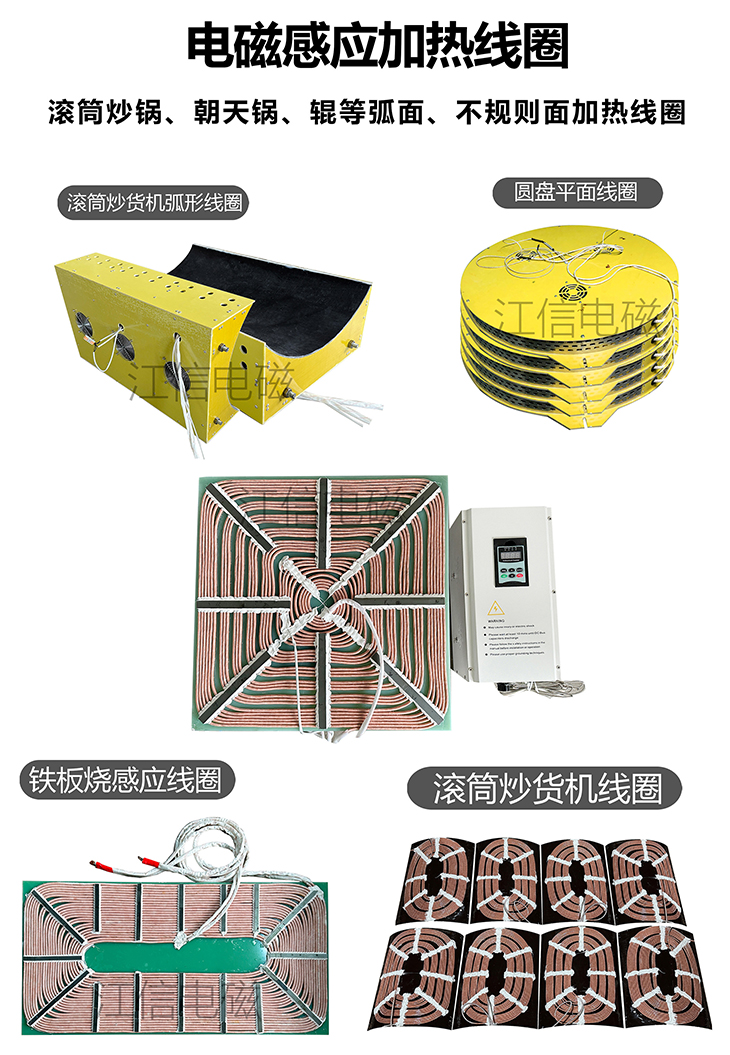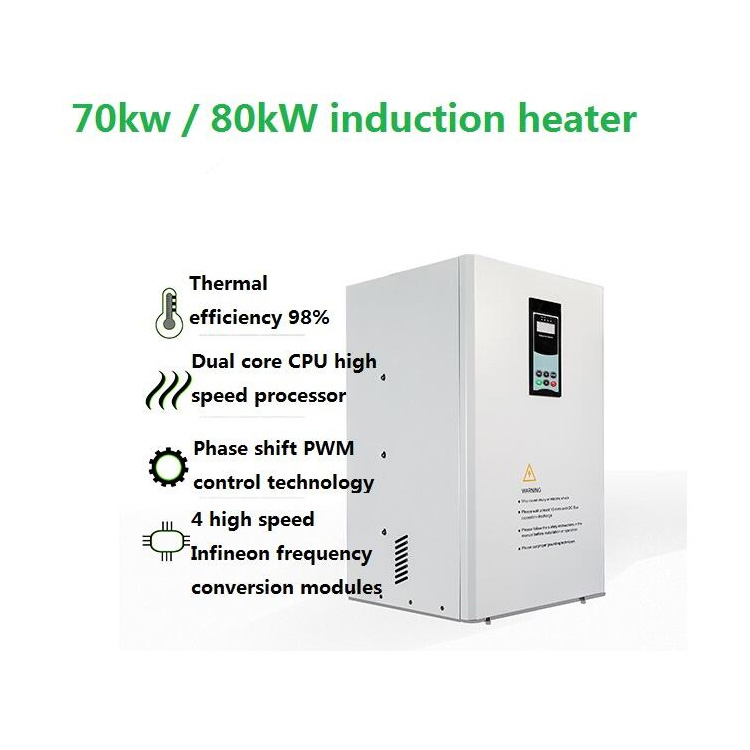Induction heating technology has become increasingly popular in various industrial applications due to its energy efficiency, speed, and precision. In bearing manufacturing and maintenance, induction heating offers numerous advantages over traditional heating methods, such as resistance or gas-fired heating. Bearings, crucial components in machines that facilitate smooth motion and reduce friction, require precise and controlled heating during both their manufacturing processes and when being fitted or repaired. Induction heating technology offers a superior solution in these scenarios, providing faster, more efficient, and safer methods of heating bearings.
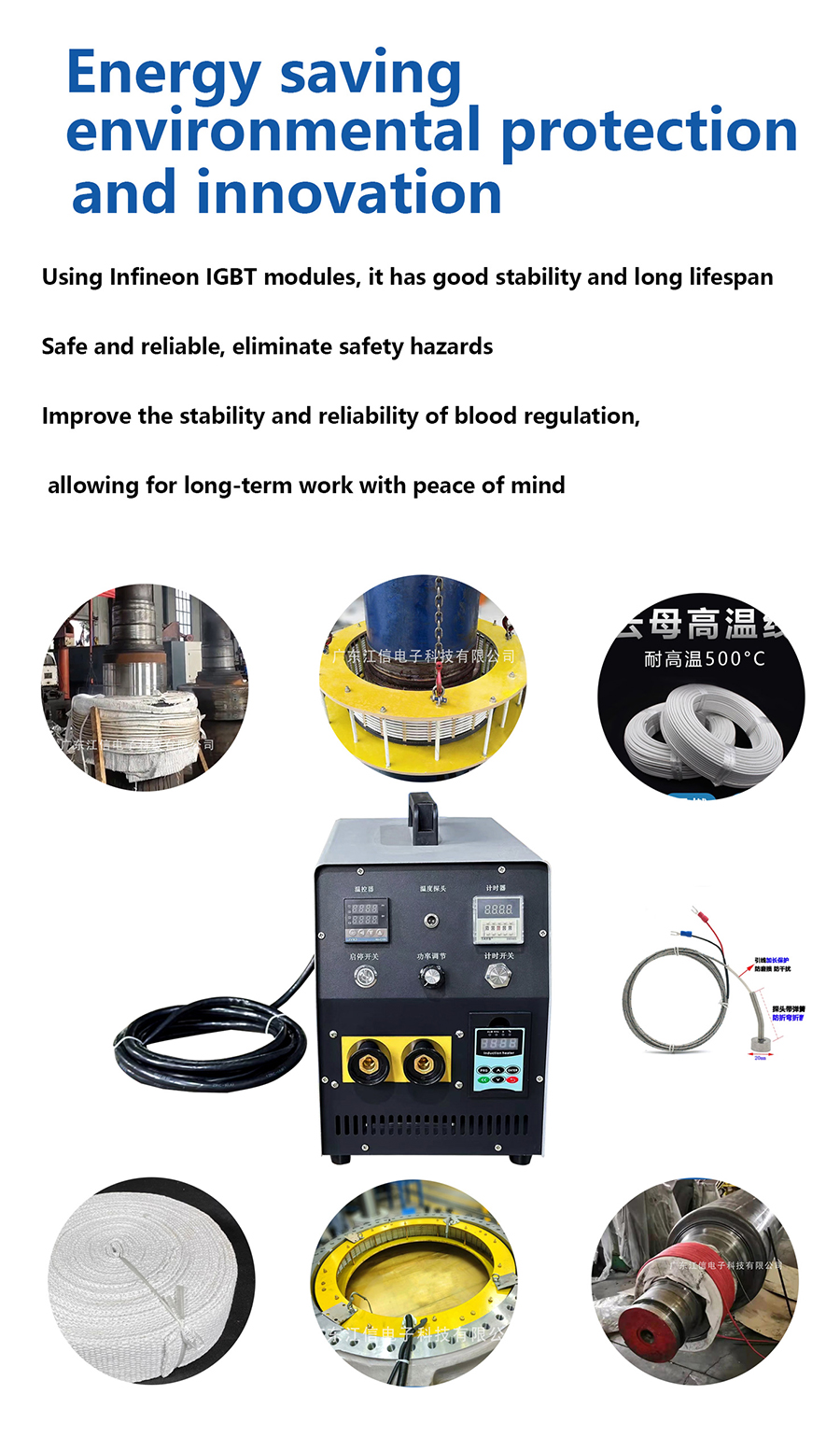
1. Rapid and Uniform Heating
One of the key advantages of induction heating in bearing applications is its ability to provide rapid and uniform heating. Unlike traditional heating methods, which rely on external heat sources like flames or heated air, induction heating works by inducing electrical currents within the bearing, generating heat directly inside the material. This process allows for faster heating times compared to conventional methods.
For example, when heating a bearing for fitting purposes, it is crucial that the bearing expands uniformly to fit onto the shaft. With induction heating, the temperature rise is even across the bearing, ensuring consistent expansion. This precision minimizes the risk of uneven heating, which can lead to thermal distortion, damage to the bearing, or poor fitting.
2. High Energy Efficiency
Induction heating is known for its high energy efficiency. In traditional heating processes, significant amounts of energy are lost as heat radiates to the surroundings, often requiring longer heating times and more power. Induction heating, however, is highly efficient because it directly heats the material without the need for intermediate heat transfer. The energy is applied directly to the bearing, minimizing waste and significantly reducing energy consumption.
This high energy efficiency translates into lower operational costs for businesses. It allows for more cost-effective bearing heating, particularly in high-volume manufacturing environments where energy savings can accumulate over time.
3. Precise Temperature Control
Induction heating systems are equipped with advanced temperature control mechanisms that allow operators to accurately monitor and regulate the temperature of the bearing. This precision is critical, especially in applications where overheating or underheating can lead to poor bearing performance or even damage.
For example, excessive heat can alter the material properties of the bearing, causing it to lose its hardness or experience excessive wear. On the other hand, insufficient heating can make the bearing difficult to fit onto the shaft. Induction heating systems provide precise control, ensuring that the bearing is heated to the optimal temperature for its intended application, which enhances its overall performance and lifespan.
4. Reduced Risk of Damage and Deformation
When heating bearings using traditional methods, there is a risk of thermal deformation, which can negatively affect the bearing*s functionality and accuracy. Uneven heating or excessive temperatures can lead to warping, distortion, or even surface damage, which can compromise the bearing*s integrity and result in premature failure.
Induction heating, on the other hand, significantly reduces this risk. Since the heating process is quick and controlled, the bearing*s material experiences less thermal stress. Additionally, because induction heating directly heats the bearing without involving external heat sources, the chances of causing damage to other parts of the bearing, such as seals and inner raceways, are minimized.
5. Improved Productivity and Reduced Downtime
Induction heating systems are designed for high-speed operations, making them ideal for environments where productivity and efficiency are critical. Bearings can be heated much faster than with traditional methods, allowing manufacturers to increase throughput and reduce downtime. In addition, the quick heating times mean that the bearing can be fitted to the shaft more swiftly, speeding up the assembly process in manufacturing lines.
For maintenance and repair applications, induction heating offers significant advantages as well. Bearings often need to be heated during the dismounting or remounting process. Traditional methods, such as using open flames or ovens, can be slow and cumbersome, increasing the downtime of machinery. Induction heating, however, can quickly heat the bearing to the desired temperature, reducing downtime and helping to maintain the continuity of operations.
6. Clean and Environmentally Friendly
Induction heating is a clean and environmentally friendly process. Traditional heating methods, such as gas heating, can produce harmful emissions and pollutants, which can have adverse effects on the environment and worker health. Moreover, the heat generated from open flames or heated surfaces can cause safety hazards, such as burns or fires.
Induction heating eliminates these issues. Since the process does not involve open flames or combustion, there are no harmful emissions or pollutants produced. Furthermore, because induction heating is highly efficient and requires less energy, it contributes to reducing the carbon footprint of industrial operations. This makes it an ideal heating method for companies aiming to comply with increasingly stringent environmental regulations and to reduce their overall environmental impact.
7. Versatility and Flexibility
Induction heating is versatile and can be adapted to various bearing heating applications. Whether it is a small bearing for a motor or a large bearing for industrial machinery, induction heating systems can be customized to suit different sizes, materials, and heating requirements. The equipment can be adjusted to provide optimal heating for different types of bearings, whether they require a gentle heat for expansion or intense heating for hardening.
Moreover, induction heating is suitable for both small-scale operations and large-scale production. The flexibility of the technology means it can be integrated into various stages of the bearing production process, from manufacturing to maintenance, and can be scaled up or down depending on the specific needs of the operation.
Conclusion
Induction heating has proven to be an invaluable technology in the heating of bearings, offering numerous advantages over traditional methods. Its rapid, uniform, and energy-efficient heating process provides precise temperature control, reduces the risk of damage and deformation, and improves productivity. Additionally, its environmental benefits and versatility make it an ideal choice for industries that demand high-performance bearings and require reliable, efficient heating solutions. As the industrial sector continues to evolve, the adoption of induction heating will only increase, helping manufacturers achieve higher quality, lower costs, and improved operational efficiency.

